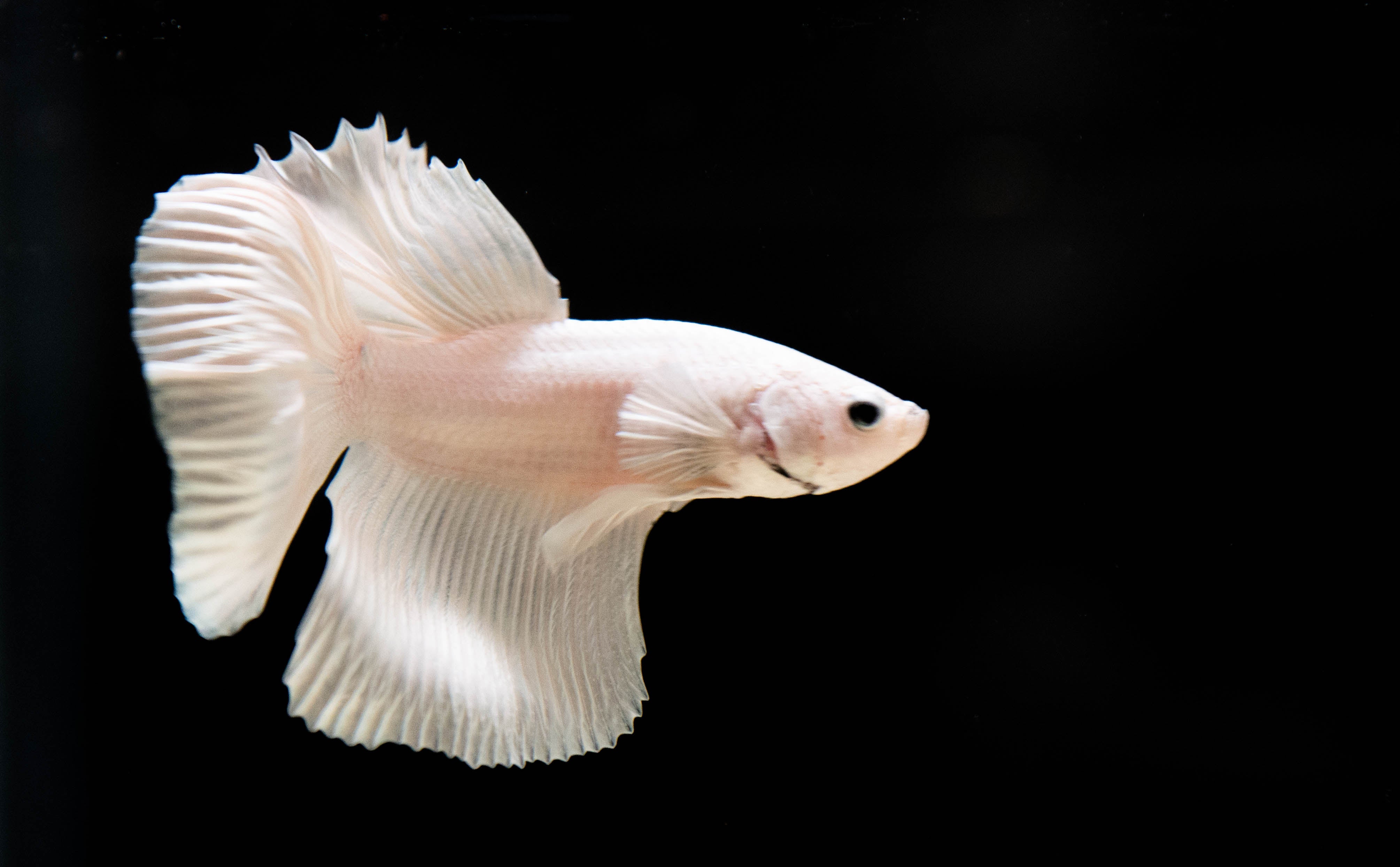How to Present Betta Fish to a Community Container Safely
How to Present Betta Fish to a Community Container Safely
Blog Article
How to Reproduce Betta Fish Efficiently: Expert Techniques and Insights for Hobbyists Aiming To Increase Their Betta Collection
Breeding Betta fish needs a nuanced understanding of genetics and environmental problems, making it important for hobbyists to come close to the procedure with both persistance and care. Creating an ideal reproduction setting, picking the right pairs, and observing the ins and outs of their courtship actions are fundamental actions that can considerably affect the end result.
Understanding Betta Fish Genetics
Comprehending the genetics of Betta fish is important for effective reproduction, as it affects qualities such as color, fin shape, and actions. Betta fish show a diverse range of colors and patterns, largely established by their hereditary make-up.
In enhancement to coloration, fin morphology is another substantial facet of Betta genetics (betta fish). The shape and dimension of fins are influenced by various genetics, consisting of those that identify whether the fins are brief, long, or veil-shaped. Recognizing these hereditary variations aids dog breeders predict the phenotypic outcomes of their children
Furthermore, behavioral attributes such as aggressiveness and territoriality can also be affected by genetics. These habits play a crucial role in the breeding procedure, as they can influence spawning success and the total personality of the resulting fry. By thoroughly understanding these hereditary concepts, breeders can make enlightened decisions, ultimately boosting their reproduction programs and achieving preferable outcomes.
Preparing the Reproduction Atmosphere
Creating an optimum breeding environment is important for the effective reproduction of Betta fish. The very first action in preparing this environment is to select an ideal reproduction tank, preferably varying from 5 to 10 gallons.
Following, take into consideration using a sponge filter or an air rock to supply gentle water circulation without producing solid currents that can emphasize the fish. It is necessary to mount plants or breeding cones to supply concealing places and advertise comfort for the female throughout the spawning procedure. Drifting plants, such as Java moss or water sprite, can likewise produce a much more natural atmosphere while assisting in bubble nest building by the male.
Prior to introducing the reproducing sets, ensure the water is conditioned and without dangerous chemicals, such as chlorine or heavy steels. betta fish. Normal water adjustments ought to be conducted to maintain optimum water quality, improving the possibilities of successful breeding. With these prep work in position, the breeding environment will support the health and health of both Betta fish
Picking Reproduction Pairs
Choosing the ideal breeding sets is critical for attaining successful Betta fish recreation. When picking your breeding sets, consider numerous vital variables including health, personality, and genes. Healthy and balanced Betta fish display dynamic colors, clear eyes, and active behavior. Selecting fish that are without disease ensures a much better chance best site of generating viable spawn.
Temperament is another vital consideration, as Betta fish are understood for their hostile nature. It is a good idea to pick a man and lady that show compatible temperaments to decrease tension throughout the breeding process. A calm male can motivate a smoother courtship, while a lady that is as well aggressive might disrupt the procedure.
Hereditary background likewise plays a substantial duty in the top view it quality of the offspring. Reproducing fish that are genetically varied can decrease the danger of genetic wellness issues and boost the general vitality of the fry. It is advantageous to research the family tree of both the man and lady, focusing on preferable qualities such as fin kind, shade patterns, and dimension.
The Breeding Process
The reproduction procedure of Betta fish requires careful planning and attention to detail to guarantee an effective outcome. Initially, it is crucial to prepare an ideal reproduction tank, ideally a 5-10 gallon aquarium with a temperature level preserved at 78-80 ° F. The tank must be outfitted with a heating system, filter (ideally sponge kind to stay clear of strong currents), i loved this and a lot of aquatic plants for the woman to hide.
Once the setting is established, introduce the picked reproducing pair to the container, enabling them to adapt. Observe their habits; the man will present elaborate courtship rituals, consisting of flaring his fins and developing a bubble nest. If the female reveals passion, she will certainly show vertical stripes suggesting readiness for spawning.
When the female is responsive, the pair will involve in a breeding welcome, throughout which the male fertilizes the eggs. Preserving optimal water problems during this duration is necessary for the advancement of healthy Betta fry.
Taking Care Of Betta Fry
:strip_icc()/how-long-do-bettas-live-1380782-hero-813aa5d34bab48cdb333edfe02471dad.jpg)
Feeding Betta fry is essential, as they call for a diet high in protein. They can be fed infusoria or fluid fry food, transitioning to carefully smashed high-quality pellets as they grow. Feed little parts numerous times a day to urge healthy and balanced development without overloading the tank with uneaten food.

As they grow, monitor their development carefully and divide any type of hostile individuals to stop damage. By providing a supporting environment and appropriate nourishment, hobbyists can efficiently increase Betta fry right into dynamic, healthy and balanced fish, ultimately boosting their breeding ventures.
Verdict
Successful Betta fish reproduction requires careful attention to genetic option, environmental conditions, and take care of the fry. By understanding the genes of Betta fish and preparing an appropriate breeding atmosphere, enthusiasts can enhance the possibilities of generating dynamic, healthy and balanced spawn. Selecting compatible reproduction sets and closely keeping an eye on the courtship and generating processes are vital. Ultimately, providing ideal treatment for the fry guarantees their healthy and balanced development, contributing to a growing Betta collection.
Report this page